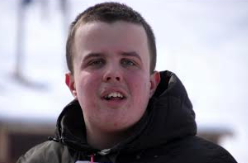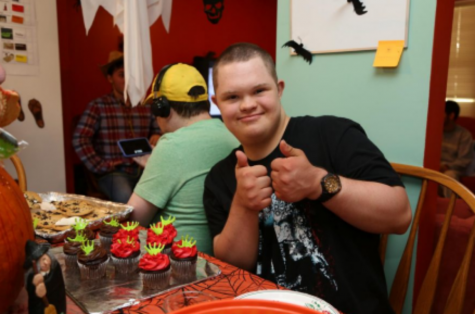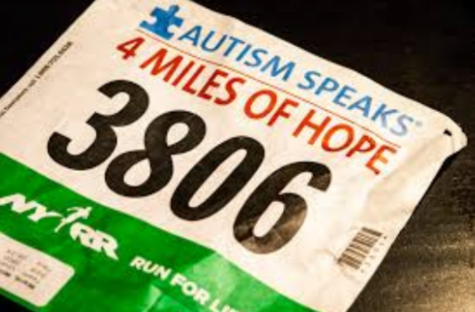Temple Grandin
Photo Courtesy of Tribune Services
PLAN IT. Dr. Temple Grandin’s designs for livestock facilities are used throughout the world. In 2017, Grandin was inducted in the National Women’s Hall of Fame for her work in education, science, and humanities. “You see, autism is an important part of who I am, and I wouldn’t want to change a thing and get cured,” Grandin said, according to “LA Times.”
Dr. Temple Grandin is an autism spokesperson, designer of livestock handling facilities, and a professor at of Animal Science at Colorado State University.
At three years old, Grandin was diagnosed with autism but has not let that stop her from achieving her Ph.D. in animal science and running her own business.
She published her own book “Emergence: Labeled Autistic” in 1986, which describes her experiences with her autism.
The author of over a hundred papers, she focuses on animal psychology and facilities and autism.
Grandin struggles with feeling overwhelmed by loud noises and touch, and when she was younger (like many autistic children) speaking was difficult. At odds with the overwhelmingness of touch, Grandin needed pressure stimulation.
Many with autism need deep pressure stimulation, but touch is overly stimulating, so Grandin made a machine that essentially gives a person a hug, which does help relieve stress and anxiety as well as providing deep pressure stimulation to the body. Grandin calls it a “squeeze machine” and many clinics have used it since she created it at age 18.
She has described many of her experiences like these that stem from autism at a rare depth. Grandin advocates for autism awareness and early detection, and has revolutionized autistic education.
In 2016 she was awarded the Meritorious award from the OIE World Organization for Animal Health in Paris, France and was inducted into the American Academy of Arts and Sciences. The movie (“Temple Grandin”) depicting her life as a teenager and when she was getting into her career won seven Emmy awards and a Golden Globe in 2010.
Sources:
Your donation will support the student journalists of Sycamore High School. Your contribution will allow us to purchase equipment and cover our annual website hosting costs.







